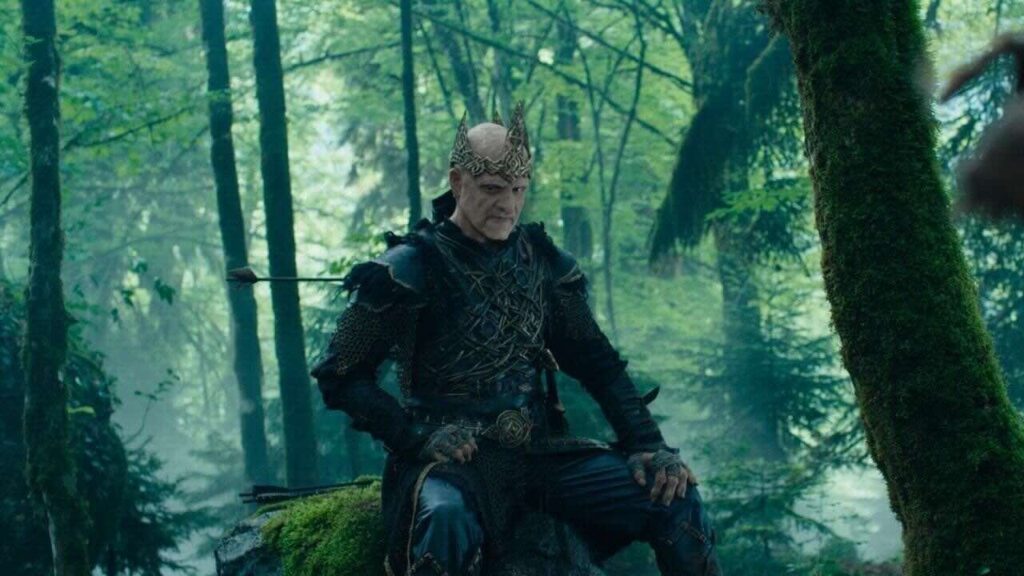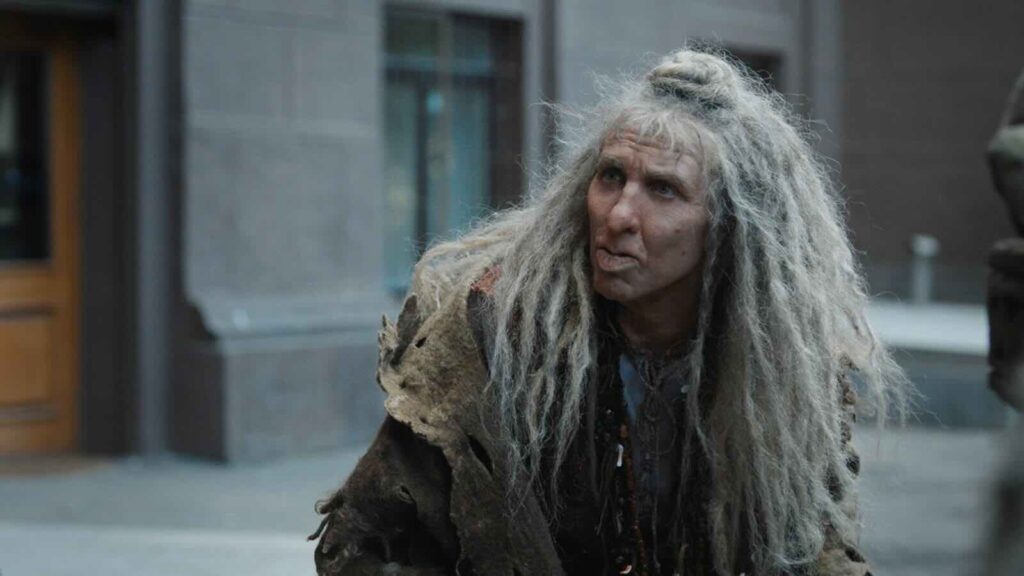Halloween Halloween is known worldwide as the holiday of fear. Today, it’s a mix of spooky fun and costume parties— a time for tricks, treats, and scary stories. But the roots of this celebration go far back into the past.
Originally, the ancient Celts celebrated a harvest festival that marked the end of autumn — and the beginning of the “dark” half of the year. That’s why this day became associated with fear and the supernatural.
According to legends, on this night, demons and lost souls would rise from the underworld. To protect themselves, people wore animal hides to disguise as spirits — blending in among the creatures of the night. This tradition eventually evolved into the custom of wearing costumes on Halloween.
These traditions were born in Europe but crossed the ocean with the colonization of North America — becoming a beloved holiday in the United States.
However, ghost stories exist everywhere, not just in Europe or America. Every culture has its own tales of monsters and spirits — including Russia.

Russian Horror Tales
For Westerners, “Russian horror” might conjure images of bears, balalaikas, and endless snow. But the real Russian dark folklore is much richer — and much older.
Anyone who grew up in the post-Soviet world remembers fairy tales filled with villains like Baba Yaga and Koschei the Deathless. To that list, we can add Leshy, the forest spirit, and swamp-dwelling Kikimoras. For some, these characters were the stuff of childhood nightmares.
In Russian folklore, dark forces always tried to stop the hero from reaching their goal. Yet, in the end, these very beings often helped the hero achieve it.
There were almost no purely evil characters in Russian tales.
Even the darkest ones carried a spark of humanity and compassion.
Most Russian “villains” are actually embodiments of nature. Baba Yaga is the guardian of the forest. Koschei the Deathless rules the realm of the dead. Kikimoras and swamp spirits dwell in wetlands. They live in nature — and teach us to treat it with respect.
Comparing the Monsters
| Character | Origin | Representation | Description |
| Baba Yaga | Slavic | Old witch | Lives in a hut on chicken legs, deep in the forest. Possesses magical artifacts that help the hero on their journey. |
| Witches | Western/European | Old women (can appear young and beautiful) | Live in ancient castles, luring victims to steal their youth and vitality. |
| Domovoi | Slavic | Small house spirit | Mischievous household sprite who causes minor troubles but can protect the family if treated kindly. |
| Ghosts | European | Disembodied souls | Haunt homes and graveyards, frightening and playing tricks on the living. |
| Koschei the Deathless | Slavic | Skeleton-like sorcerer | Ruler of all dark forces. His death is hidden inside a needle — the ultimate symbol of immortality. |
| Count Dracula | European | Vampire nobleman | Ancient man who transforms into a handsome youth; lives in a castle with vampire brides, luring travelers to their doom. |
| Kikimora | Slavic | Swamp spirit | Described in various ways; lives in bogs and lures wanderers into the depths. |
| Sirens / Water Spirits | Western/European | Shape-shifting water demons | Beautiful yet deadly creatures that draw men into the water to drown them. |
From this comparison, we can see that Western monsters often hide behind beauty and charm to deceive their victims, while Slavic spirits never cared about appearances.
What Russian Horror Teaches Us
Most Slavic spirits are dwellers of the forest — personifications of nature itself. They remind us to live in harmony with the natural world.
In old times, these tales were also a form of caution — parents told stories of forest spirits to keep children from wandering into the woods alone.
What began as ancient folklore became timeless moral lessons. These “old scary stories” continue to teach kindness, wisdom, and respect — passed down from generation to generation.






